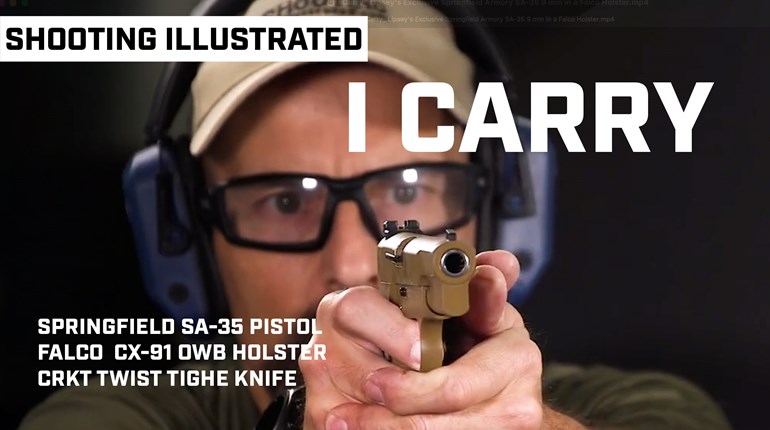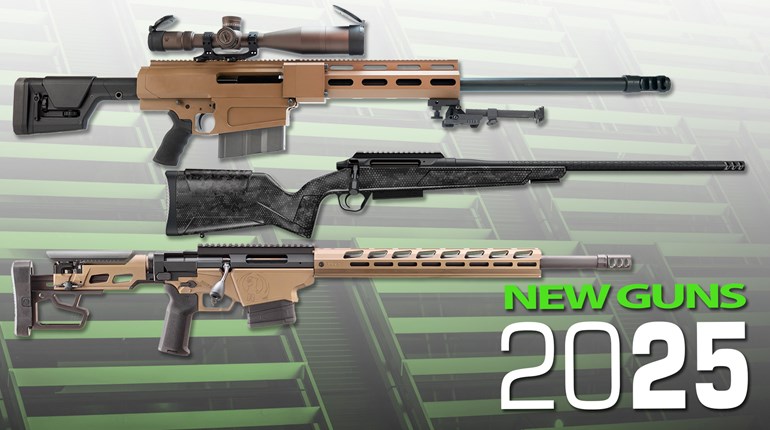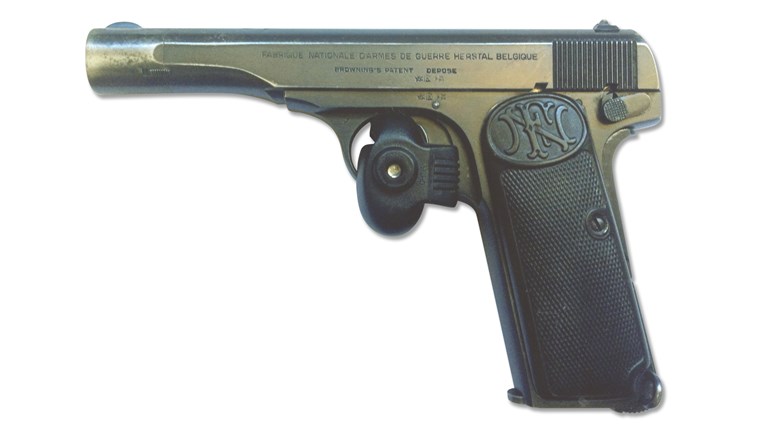
The Browning Hi Power is one of the most prolific fighting pistols of all time. I've owned several, but for a variety of reasons could never hold on to one very long. Like John Browning's other, more famous, pistol—the 1911—the Hi Power needs a bit of tweaking from its original configuration to be optimal for modern self-defense. With a stable full of modern 1911s, I've just never managed to take the time or money to get the work done.
What are the problems with the Hi Power? For starters it has a magazine disconnect. This means the pistol will not fire if a magazine is not fully inserted. Some consider this a plausible safety feature, arguing if you are wrestling with a bad guy for control of your pistol, you can depress the magazine-release button and, well, just let him have it.

The other side of the argument is if, for whatever reason, during a struggle the magazine-release button gets depressed and the magazine is partially ejected or falls from the pistol, your gun is rendered useless. For what it's worth, the magazine-disconnect button on the Hi Power was part of its original design criteria and is one of the reasons some Hi Power magazines do not drop free.
At any rate, no matter your take on the magazine disconnect, one thing is for sure: It makes the Browning Hi Power's trigger atrocious. The good news is it's a relatively easy fix to disable the magazine disconnect.
Another problem with the Hi Power is the short tang and long hammer spur, which combined give the pistol a tendency to bite the hand that shoots it. This is particularly a problem if you are accustomed to a high grip, like most competent shooters use. Fixing the Hi Power's overbite problem is a bit more involved. No, you won't need an orthodontist, but you will need a new hammer.
Fortunately, a savvy pistolsmith, a spring kit and the aforementioned hammer can correct both the bite and magazine-disconnect problems at the same time, and it will not cost nearly as much as a set of braces.
The third problem with the pistol is the ambidextrous safety. If you are right handed and shoot with a high grip, the bulbous end of the safety on the right side of the pistol—where the pin for the safety passes through the frame—will wear into your knuckle like in-laws on Christmas. You're probably thinking that, like many gunwriters, this Mann guy is a wimp. Maybe so. But, with so many comfortable pistols on the market, why would anyone shoot one that isn't? The good news is this safety is also an easy fix for a gunsmith.

Finally, there are the sights. From a sight-picture standpoint, Hi Power sights—even the early ones—are better than original 1911 sights. For some unfathomable reason, however, factory Hi Power sights have never evolved into the new millennium. As a matter of fact, they have never really evolved at all. The lone exception was the Hi Power clone offered by Charles Daly a few years back. It came with XS Sight Systems' Big Dot sights. Here again, it is simple for a gunsmith to replace the factory sights with better options.
So, with everything wrong with a Browning Hi Power, you might be thinking: "Why mess with one at all?" Well, with very few exceptions, the Hi Power is the only true single-action 9 mm available. It's also one of the most reliable pistols in any configuration, and field-stripping and assembly are as simple as it gets. The Hi Power's grip might also be the most ergonomic of any handgun. Slim, trim and just about the perfect weight for carry, the Hi Power is almost perfectly balanced, with the barrel and slide weighing within an ounce of the frame. This, in conjunction with the grip, makes the Hi Power one of the easiest-shooting, easiest-to-control 9 mm pistols in the world.
Nuff said.
I finally decided it was time to permanently add a Hi Power to my arsenal—one that had been fixed. Robbie Barrkman at Robar told me he could build a Hi Power I'd like so much, I'd want to be buried with it. Did he deliver? Check out "High-Class Hi Power" in the April 2013 issue of Shooting Illustrated and see for yourself.




































